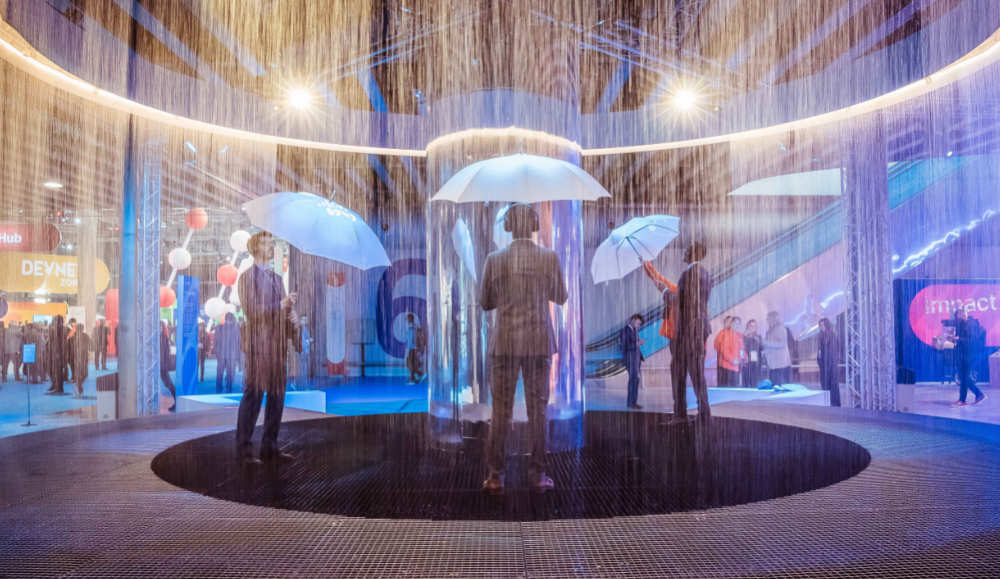As every business gets to grips with the new normal, and prepares to emerge from it, New Digital Age has launched a series featuring tips on best practice for success.
By Jason Megson, Managing Director, Vice President at George P.Johnson
COVID-19 is different to anything we have experienced before and the way we have had to deal with it has been different too. From a business point of view our industry – live brand experience – was one of the first to feel a heavy impact. As a global business, we at GPJ witnessed the impact of the virus as it worked its way across the world before arriving in Europe and impacting Mobile World Congress in early March.
This is an incredibly difficult time for our industry, and it’s important to be realistic. The industry might be in survival mode at the moment, but the good news is this crisis has highlighted the value of human face to face gatherings which paints a more positive picture for the future. When we come out the other side of this pandemic, an evolved live experience sector with its power to truly connect people, will be hugely important, not just from a business point of view but for people themselves.
Leading experience agencies like GPJ have a responsibility to ensure we are supporting industry regrowth for the future. People will crave human interaction more than ever and it’s at this point brands and our industry will step forward to facilitate the rebuilding of positive human connections.
There is no stigma to this struggle, blame is replaced with huge amounts of support and sympathy for everyone affected. But there are a handful of learnings that should be considered.
Partnerships
Partnerships are more important than ever. For agencies and brands at the moment it’s crucial to be cognizant of each others’ business challenges.
Work together to identify positive, progressive ways to continue to engage audiences despite cancellations, postponements and travel bans. Sharing expertise, deploying cross-functional teams, digging into wider experience and being inventive is key.
Timing
Timing is everything. In live experience it is really important to look at the future of the industry in terms of timescales. Be aware of how challenges are going to change through time.
Everything is moving so fast at the moment, so while it’s key to find solutions now – through the use of clever tech, grit and experience – it’s important to plan for change in the long term. Building an experience creation and delivery model that has flexibility from top to bottom will be an essential part of any successful experience agency.
New expectations
People’s expectations gained from attending virtual events now will impact future expectations. They’ll come out the other side of this knowing what they like and what they don’t. What they’ll make time for and what they won’t. Make sure you are staying close to innovations in digital content delivery .
The division between virtual experience and broadcast will become more pronounced, with those that are able to truly facilitate an experience virtually succeeding now and in the long run.
Finally, look to parallel sectors for recovery patterns. For live experience, sports is a key sector to keep an eye on. When we see people prepared to return to the football terraces for example is when we know we will be able to plan events on our clients behalf with confidence from both an operations and sentiment perspective.









